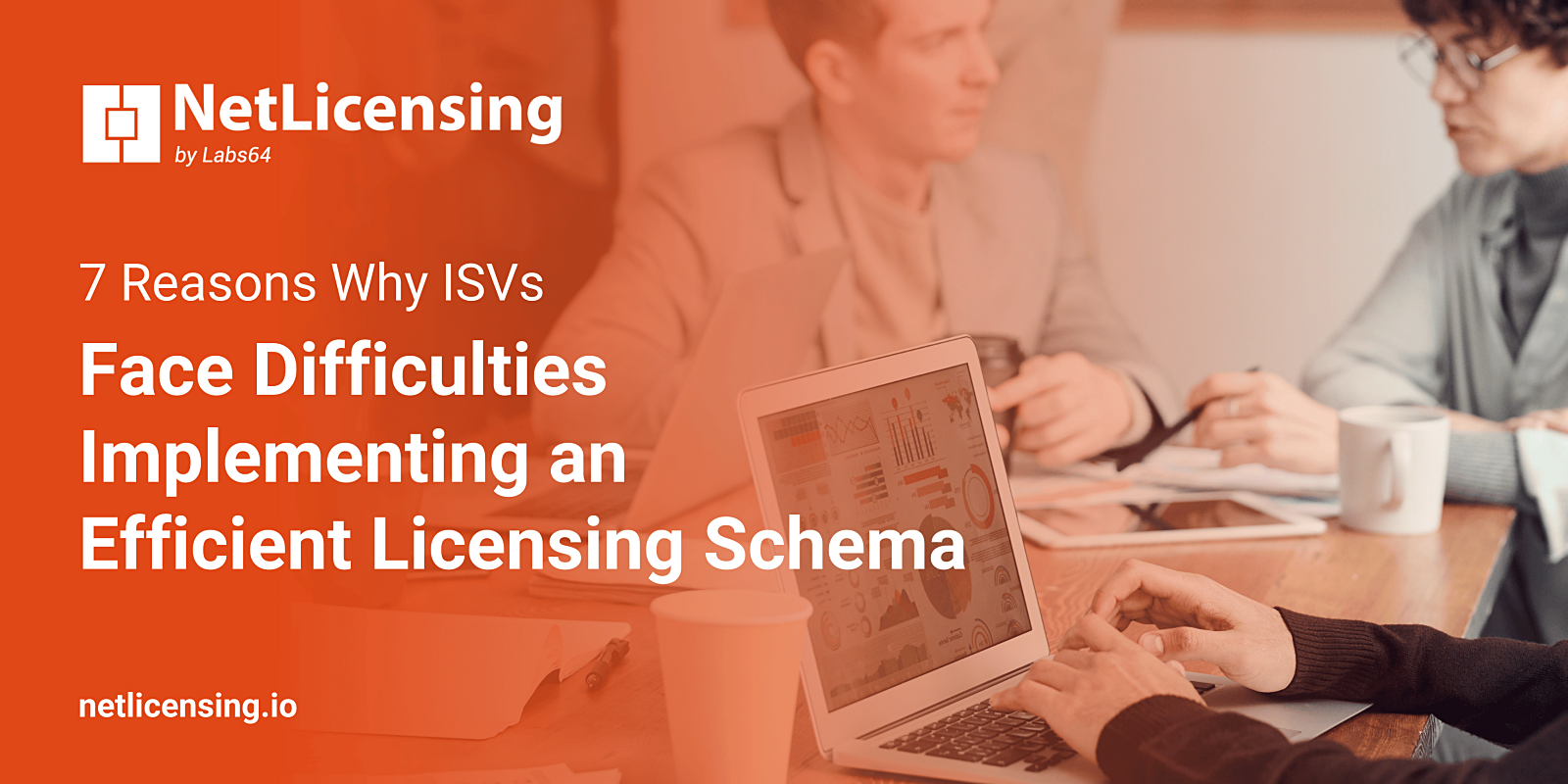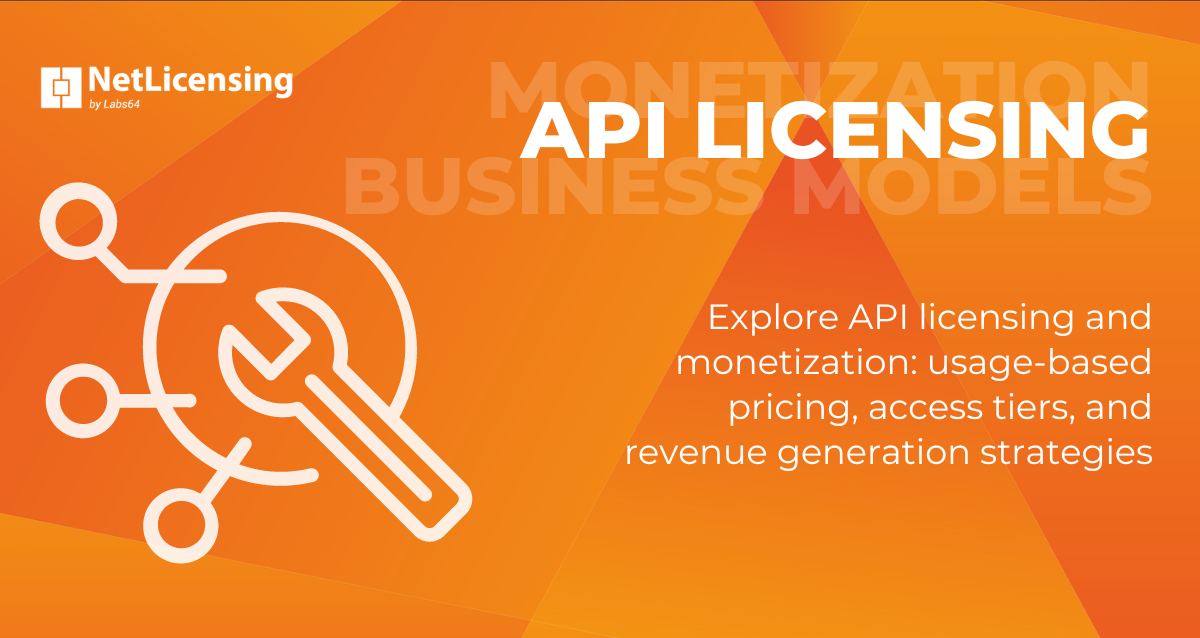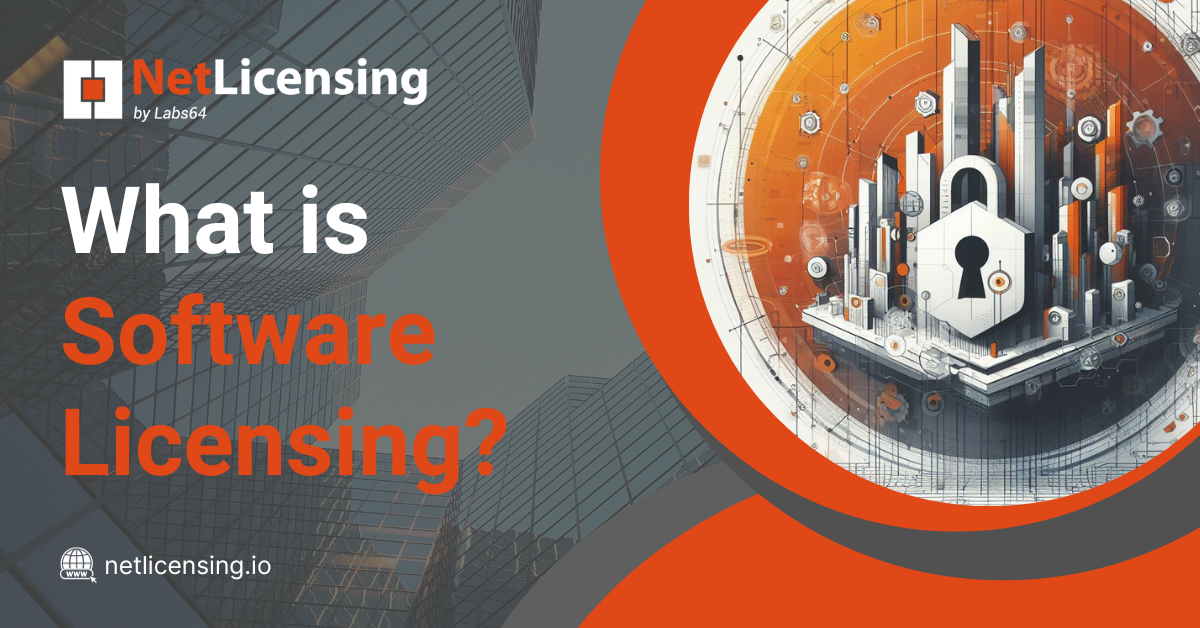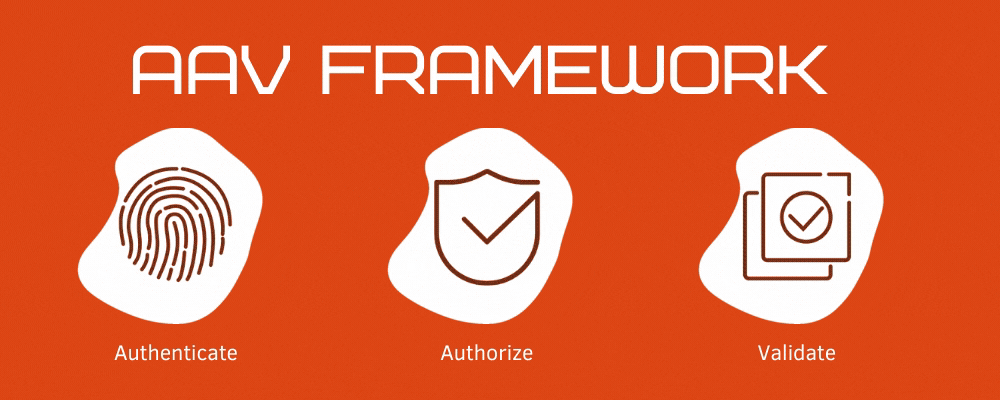How Usage-Based Billing is Transforming Industries

The way we pay for services is undergoing a shift. A “usage-based” billing model is gaining traction, offering benefits for both businesses and their customers. Let’s dive into how this model is specifically impacting several industries:
Telecom & Utilities: Pay Only for What You Use
The telecom and utility industries have long been familiar with usage-based model. Cell phone plans based on call minutes or data usage, and electricity bills reflecting power consumption, are prime examples. This approach promotes fairness and transparency - you only pay for what you use.
SaaS & Cloud: Flexible Scaling for Businesses
The software and cloud computing industries are increasingly adopting usage-based model. Software companies might charge based on active users or data storage, while cloud providers like AWS or Azure bill based on computing power or data transfer. This allows businesses to scale their spending as their needs evolve.
The Rise of IoT: Tailored Pricing for Connected Devices
The Internet of Things (IoT) is another area where usage-based model is taking hold. Here, companies might be charged based on the number of connected devices, the amount of data processed, or specific functionalities used. This allows for more flexible pricing that meets the unique needs of each customer.
AI: A Move Away from Per-Seat Pricing
As Artificial Intelligence (AI) becomes more integrated into businesses, traditional pricing models are being challenged. Per-seat pricing, where everyone pays the same regardless of usage, doesn’t reflect the true value proposition of AI. An AI system might have a limited number of direct users, but its impact can be felt across the entire organization.
Seat-based pricing fails to capture factors like:
- Data Consumption: The amount of data processed by the AI significantly impacts its resource needs.
- Model Complexity: Complex AI models, like those used for advanced predictive analytics, require more computing power than simpler applications.
- Ongoing Costs: AI involves continuous training, upgrades, and maintenance, which aren’t reflected in static per-seat fees.
The Shift Towards Usage-Based Billing Model
There’s a growing preference for usage-based model in the AI space. This approach charges customers based on their actual AI usage, ensuring a fairer and more transparent billing process. The cost of AI software varies significantly, and usage-based model offers the flexibility to accommodate this by aligning costs with the level of investment and actual usage. Unlike traditional subscription models, it can reflect the diverse ways AI services are utilized.
Benefits and Features of Usage-Based Models
Usage-based model goes beyond just the realm of AI, offering numerous advantages across various industries. Here are some key benefits:
- Increased Transparency: Customers only pay for what they use, fostering trust and a better understanding of costs.
- Improved Customer Satisfaction: A fairer pricing model leads to happier customers.
- Enhanced Revenue Management: Businesses can optimize their pricing strategies based on actual usage data.
For companies developing or launching AI products, here are some crucial aspects to consider:
- Track and Bill Usage: The billing system should account for factors like computing power, data analysis depth, and real-time insights provided by the AI.
- Customization: Offer flexible pricing plans tailored to the specific needs of each client.
- Agility: Adapt pricing strategies quickly as AI technology advances, the market evolves, and competition intensifies.
- Scalability: Ensure the billing system can grow seamlessly alongside your AI service and user base.
- Real-Time Data Processing: Provide real-time usage analytics and billing calculations to stay responsive to changing usage patterns.
- Integration Capabilities: Integrate with existing CRM, ERP, and data analytics systems for a holistic view of operations.
Usage-based billing model is revolutionizing how businesses pay for services. For AI specifically, it represents a more flexible, efficient, and customer-centric approach. By adopting this model, AI companies can ensure their pricing aligns with the value delivered, leading to greater customer satisfaction and ultimately driving business growth. As AI technology continues to develop, we can expect even more innovative ways to price and consume these powerful solutions.
How NetLicensing Facilitates the Adoption of Usage-Based Billing Models
Labs64 NetLicensing can facilitate the adoption of usage-based billing through several key features and capabilities:
-
Flexible Licensing Models NetLicensing supports various licensing models, including usage-based model. This flexibility allows businesses to define and implement billing models that charge customers based on the actual usage of their services or products.
-
Real-Time Usage Tracking NetLicensing enables real-time tracking of product usage, which is essential for accurate usage-based billing. This ensures that billing is based on precise and up-to-date usage data, providing transparency and fairness for customers.
-
Automated Billing Processes By automating the billing process, NetLicensing reduces the administrative burden associated with manual billing. This automation ensures timely and accurate invoicing based on usage data, improving operational efficiency.
-
Scalability NetLicensing can scale with your business. As usage increases, the system can handle larger volumes of data and transactions without compromising performance. This is crucial for businesses experiencing growth and increased demand.
-
Integration Capabilities NetLicensing offers APIs and integration tools that enable seamless integration with existing systems, such as CRM, ERP, and payment gateways. This integration ensures that usage data flows smoothly between systems, facilitating efficient billing processes.
-
Customizable Billing Plans Businesses can customize billing plans (e.g., per-usage) to match specific customers’ needs and preferences. This flexibility helps in aligning the billing process with the business model and customer expectations.
-
Detailed Reporting and Analytics NetLicensing provides detailed reports and analytics on usage patterns and billing. These insights help businesses understand customer behavior, optimize pricing strategies, and make informed decisions to drive growth.
-
Compliance and Security NetLicensing ensures that all transactions and data handling processes comply with relevant regulations and standards. This is critical for maintaining trust with customers and avoiding legal issues related to billing and data privacy.
-
Customer Self-Service Portal NetLicensing offers a self-service portal where customers can view their usage data, and manage their licenses. This transparency enhances customer satisfaction and reduces support requests.
-
Support for Multiple Pricing Metrics NetLicensing allows businesses to define different pricing metrics, such as per transaction, per unit, per time period, etc. This flexibility helps in creating tailored billing models that reflect the unique value proposition of the business.
By leveraging these features, NetLicensing can effectively support businesses in adopting and managing usage-based billing models, leading to more accurate revenue capture, improved customer satisfaction, and streamlined billing operations.
Image Credits: NetLicensing





